Perennial Wildflowers
Perennial wildflower seed mix
⇄ View all wildflowers seeds mixtures
Native Perennial Wildflower
Perennial Wildflowers contains a simply stunning array of classic cornfield annuals and longer-lasting perennial wildflowers. The grass species in this mix are meticulously matched to their wildflower counterparts to create a meadow as it would naturally occur in uncultivated land. The grass in this mix will grow first after sown, creating a nursery for the RHS Plant for Pollinators wildflowers to thrive in.
Key features
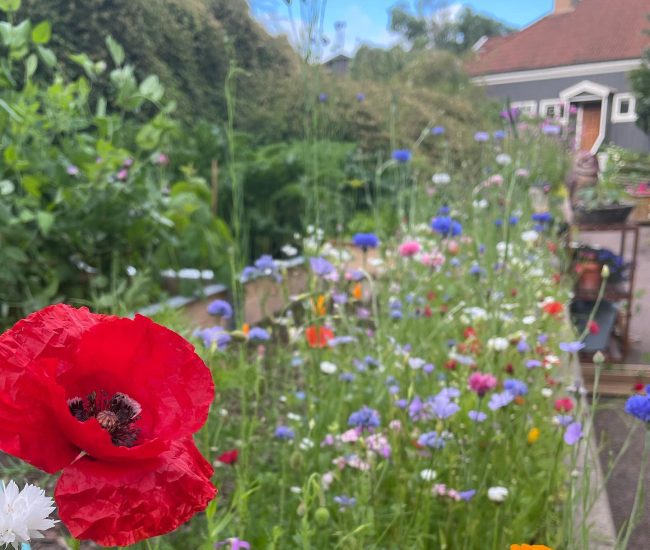
Ratings:
★★★★★★★★★★
Perennial
★★★★★★★★★★
Sandy soil
★★★★★★★★☆☆
Spring sowing
★★★★★★★★★☆
Beeplant
★★★★★★★★★★
Autumn sowing
★★★★★☆☆☆☆☆
Height
★★★★★★★★☆☆
Clay soil
★★★★★★★★★☆
Safe and biodiversity
Perennial wildflowers seeds mixture composition
Common name
Scientific name
Germination time
Germination temperature
Flowering colour
Height cm
Bloom time
Yarrow
Achillea millefolium
2 to 4 weeks
21 and 22 °C
Yellow
20 - 45
May to August
Corn cockle
Agrostemma githago
2 to 3 weeks
10 and 12 °C
Purple
60 - 120
June to August
Golden charmomile
Anthemis tinctoria
2 to 3 weeks
18 and 20 °C
Yellow
60 - 90
June to September
Herebell
Campanula rotundifolia
2 to 4 weeks
16 and 21 °C
Blue
30 - 45
June to September
Nettle-leaved
Campanula trachelium
2 to 3 weeks
17 and 19 °C
Blue
60 - 90
July to September
Corn flower
Centaurea cyanus
2 to 3 weeks
18 and 21 °C
Blue
30 - 80
June to August
Brown knapweed
Centaurea jacea
2 to 4 weeks
19 and 20 °C
Pink or purple
10 - 80
June to september
Chicory
Cichorium intybus
2 to 4 weeks
5 and 29 °C
White or pink
30 - 100
May to October
Viper´s bugloss
Echium vulgare
2 to 4 weeks
15 and 40 °C
Blue
60 - 80
June to August
Dropwort
Filipendula vulgaris
3 to 5 weeks
10 and 14 °C
White
50 - 80
June to August
Lady´s bedstraw
Galium verum
2 to 4 weeks
20 and 22 °C
Yellow
30 - 90
June to September
Field scabious
Knautia arvensis
2 to 4 weeks
18 and 21 °C
Lilac
30 - 100
July to September
Oxeye daisy
Leucanthemum vulgare
3 to 4 weeks
15 and 20 °C
White, yellow
10 - 40
May to August
Birdsfoot
Lotus corniculatus
2 to 4 weeks
15 and 20 °C
Yellow
30 - 70
June to August
Clammy campion
Lychnis viscaria
3 to 4 weeks
15 and 20 °C
Raddish-purple
15 - 30
May to June
Wood forget-me-not
Myosotis sylvatica
2 to 3 weeks
18 and 22 °C
Blue, yellow, white
30 - 90
April to May
Wild marjoram
Origanum vulgare
2 to 3 weeks
18 and 21 °C
Pink, purple, white
25 - 45
June to September
Corn poppy
Papaver rhoeas
2 to 3 weeks
16 and 24 °C
Red, purple, white
20 - 50
June to August
Hoary plantain
Plantago media
3 to 4 weeks
20 and 25 °C
Lilac
15 - 30
May to August
Cowslip
Primula veris
4 to 6 weeks
16 and 18 °C
Yellow
15 - 25
April to June
Heal all
Prunella vulgaris
2 to 3 weeks
20 and 22 °C
Violet, purple, calyx
15 - 50
June to August
St. John´s wort
Hypericum perforatum
2 to 3 weeks
18 and 25 °C
Yellow
30 - 90
June to August
Red campion
Silene dioica
2 to 3 weeks
20 and 23 °C
Red
30 - 90
May to October
Ragged robin
Silene flos cuculi
3 to 6 weeks
15 and 20 °C
Pink, white
30 - 80
May to July
Musk mallow
Malva moschata
2 to 3 weeks
21 and 23 °C
Pink
60 - 90
July to October
Nottingham catchfly
Silene nutans
2 to 3 weeks
12 and 15 °C
White, cream
25 - 80
June to July
Bladder campion
Silene vulgaris
2 to 3 weeks
18 and 20 °C
White, cream
20 - 60
May to September
Bellflower
Campanula persicifolia
2 to 3 weeks
18 and 21 °C
Lilac, white
30 - 100
June to July
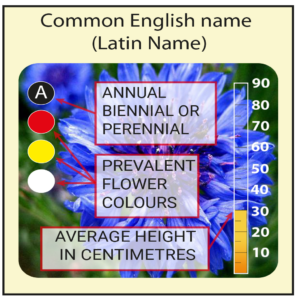
Flower Identificator
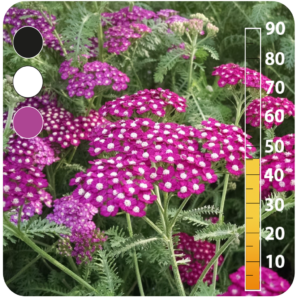
Yarrow
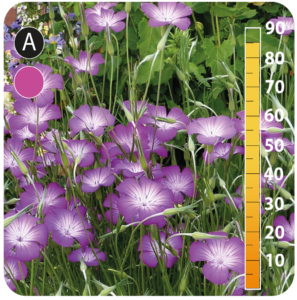
Corncockle
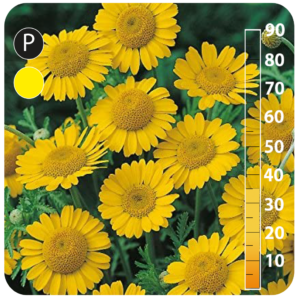
Golden chamomile
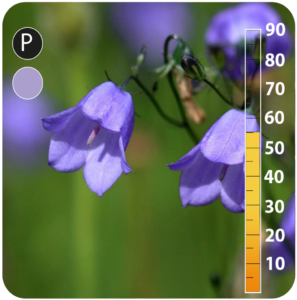
Herebell
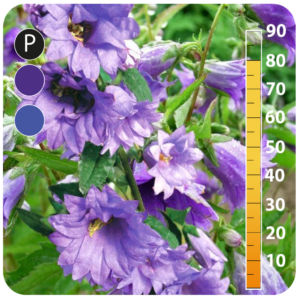
Nettle-leaved
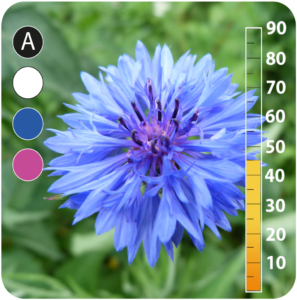
Corn flower
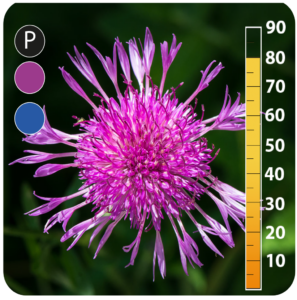
Brown knapweed
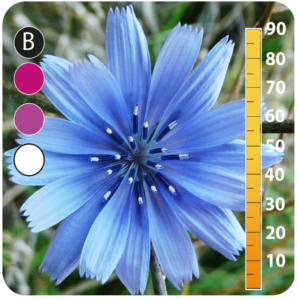
Chicory
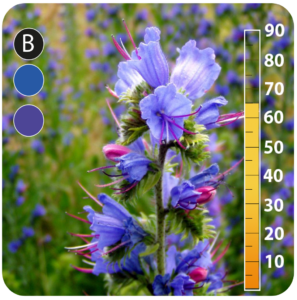
Viper's bugloss
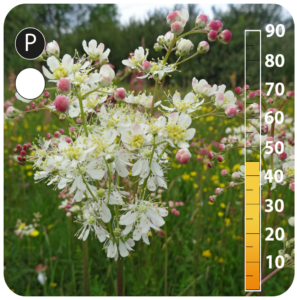
Dropwort
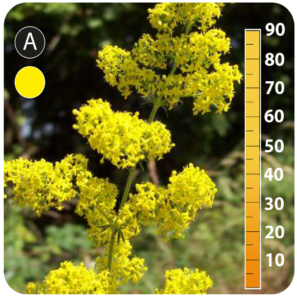
Lady´s bedstraw
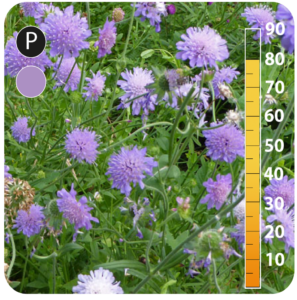
Field scabious
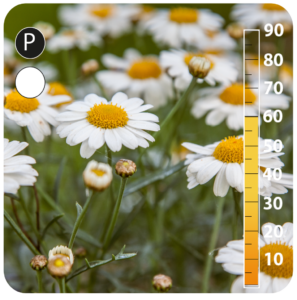
Oxeye daisy
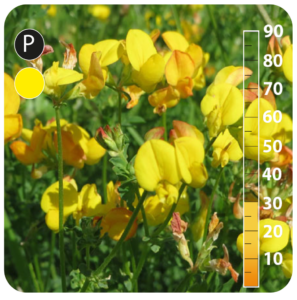
Birdsfoot trefoil
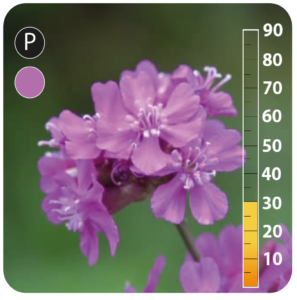
Clammy campion
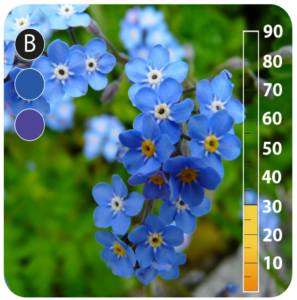
Wood forget-me-not

Wild marjoram
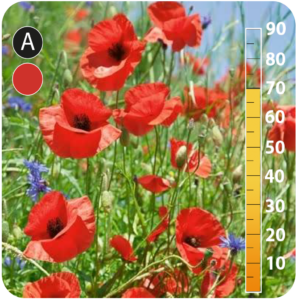
Corn poppy
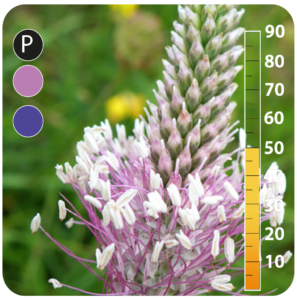
Hoary plantain
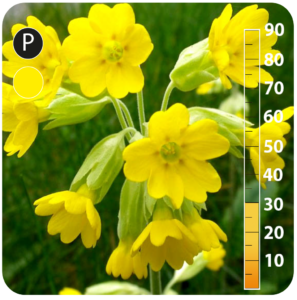
Cowslip
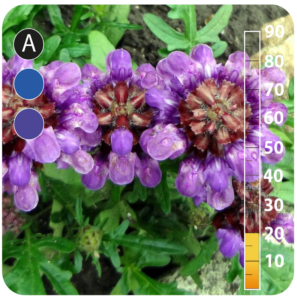
Heal all
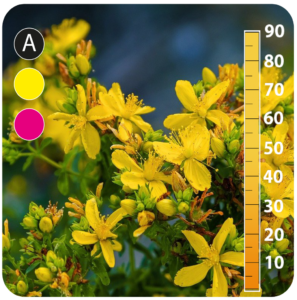
St. John´s wort
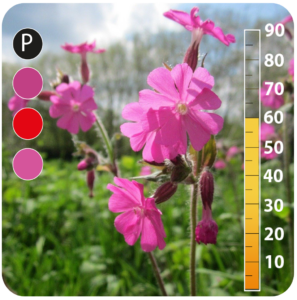
Red campion
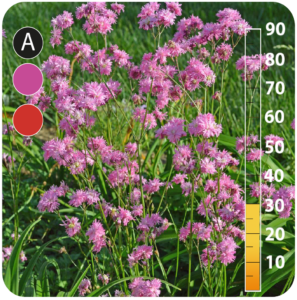
Ragged robin
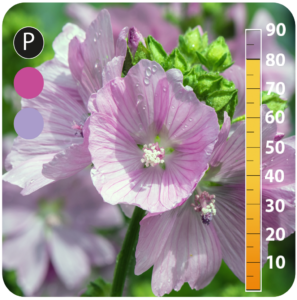
Musk mallow
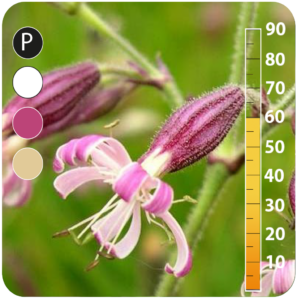
Nottingham catchfly
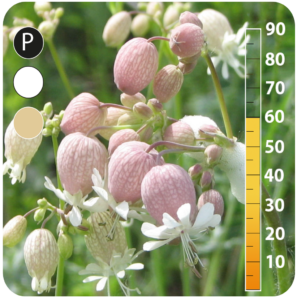
Bladder campion
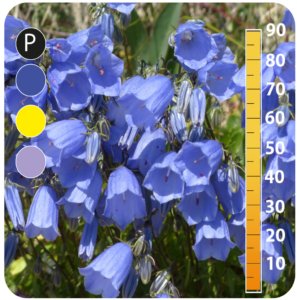
Bellflower
Packaging solution for the perennial wildflowers seed mat roll
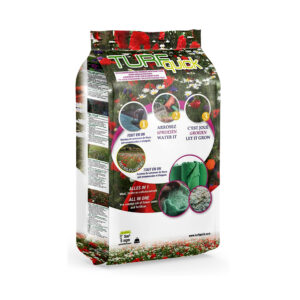
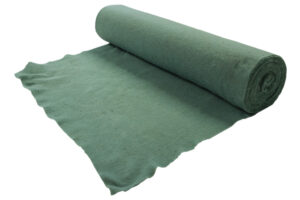

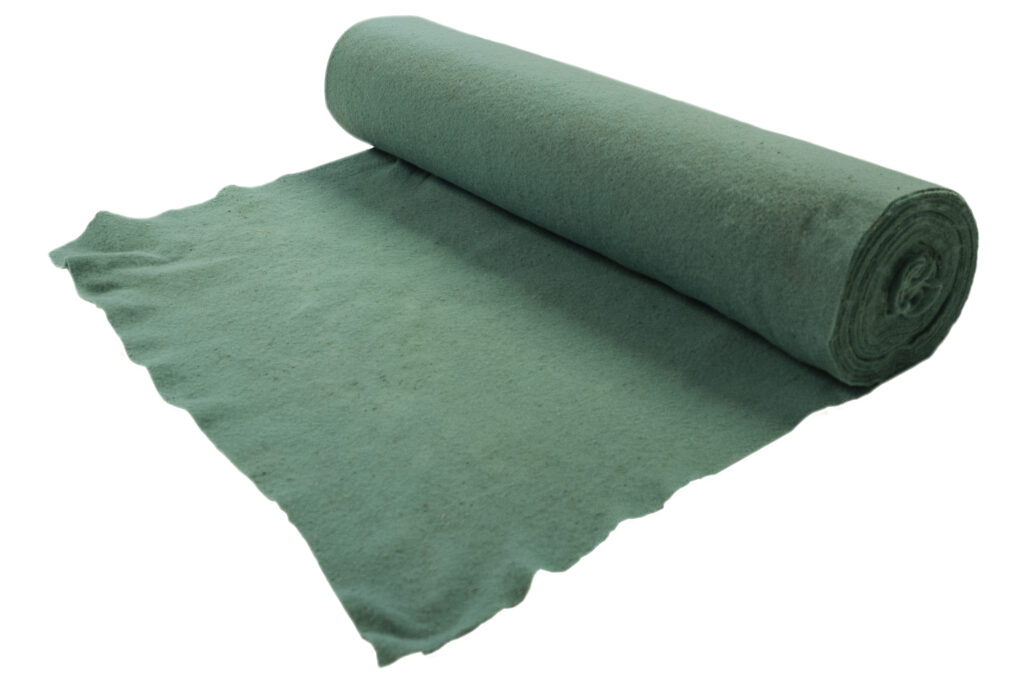

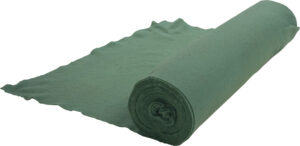
Technical specifications
Product name:
Perennial flowers 120 m2.
EAN CODE
7350 00309 0359
Material and contents per m2
Specification
Net weight:
approx. 80 grams per m2
Flower seed mixes:
approx. 5 grams per m2
Cellulose fiber:
approx. 70 grams per m2
MOQ
4 pcs EUR-pallet = 120 x 80x 215cm
Roll Dimensions:
2.40 m x 50 m = 120 m2.
Attribute:
Annual Wildflower Mixture
Net weight:
9.6 kg
Download the data sheet in PDF format
Technical specifications
Product name:
Perennial flowers 60 m2.
EAN CODE
7350 00309 0168
Material and contents per m2
Specification
Net weight:
approx. 80 grams per m2
Flower seed mixes:
approx. 5 grams per m2
Cellulose fiber:
approx. 70 grams per m2
MOQ
20 pcs EUR-pallet = 120 x 80x 215cm
Roll Dimensions:
1.20 m x 50 m = 60 m2.
Attribute:
Annual Wildflower Mixture
Net weight:
4.8 kg
Download the data sheet in PDF format
Technical specifications
Product name:
Perennial flowers 5 m2.
EAN CODE
7350 00309 0496
Material and contents per m2
Specification
Net weight:
approx. 80 grams per m2
Flower seed mixes:
approx. 5 grams per m2
Cellulose fiber:
approx. 70 grams per m2
MOQ
375 pcs EUR-pallet = 120 x 80x 215cm
Roll Dimensions:
0.80 cm x 12.50 m = 5 m2.
Attribute:
Annual Wildflower Mixture
Net weight:
0.7 kg
Download the data sheet in PDF format
When is the best time to plant our wildflower seeds mats?
For best results sow in March/April or in September.
Wildflowers add a great variety of vibrant and versatile blooms to your garden, but that is not the only thing they offer! They are also a vital food source for bees and pollinators and provide year-round habitat for local wildlife, especially birds.
Autumn is the best time to sow wildflower seeds. Planting wildflower seeds during this season gives you the earliest display of wildflowers the following year. However, wildflower seeds can be planted throughout the year and will begin to bloom around 60-80 days. Be aware that it may be the case that your newly-planted wildflower seeds do not bloom until after their first winter season.
Germination: 4 to 6 weeks in ideal conditions.
Height: 40-100 cm
Content: 28 Perennial wildflowers
Seed rate: about 3-5 gr/m²

Scan or click the code
to see the installation
Watering wildflowers FAQs
Should you water wildflowers?
Established wildflowers don’t need extra watering. However, wildflower seedlings and young plants should be watered until they become established.
What time of day should you water wildflowers?
Morning is the best time of day to water wildflowers. This prevents them from sitting in wet soil overnight or losing too much water during hot afternoons.
How long should you water the wildflower garden?
When starting a wildflower garden, water annual wildflower seedlings for approximately six weeks until they become established.
